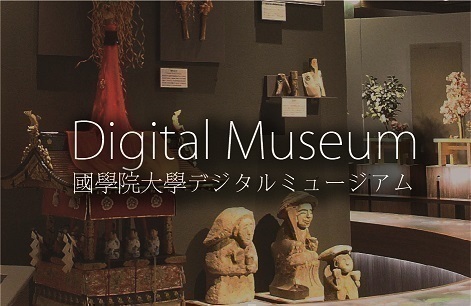- トップ
- Encyclopedia of Shinto
- Maki Yasuomi
Encyclopedia of Shinto
| Main Menu: | |
| Links: |
詳細表示 (Complete Article)
| カテゴリー1: | 8. Schools, Groups, and Personalities |
|---|---|
| カテゴリー2: | Personalities |
| Title | Maki Yasuomi |
| Text | (1813-64) Samurai retainer and advocate of the sonnō jōi (Revere the Emperor, Expel the Barbarian) movement of the late Edo period. Born in the town of Senoshita below Kurume Castle in Chikugo Province (part of present-day Fukuoka Prefecture), Maki Yasuomi was the eldest son of Maki Samon Toshiomi, priest (shinkan) of the Shinto shrine Suitengū. His common names were Izumi and Izumi no Kami, his styles were Kōkō and Teimin, and his epistolary name was Shitan. In 1832, at the age of twenty, Maki traveled to Kyoto, where he studied Shinto under the Yoshida Shintō authorities (jingi kanrei). He received a license from this school at the level of Senior Chief Priest, or daigūji, and was conferred the Junior Lower Fifth court rank, with the ceremonial post of Protector of Izumi (Izumi no Kami). He journeyed to Kyoto once again in 1844, where he met Aizawa Seishisai and was taken in by the ideals of the sonnō jōi movement. He returned to Kurume as an advocate of the Tenpōgaku (or Mitogaku) school of nativist thought. In 1852 he attempted to promote a movement to reform the domainal government, but, his efforts met with failure, and he was sentenced to house arrest in the village of Mizuta, Shimotsuma District, at the home of Ōtorii Rihei, his younger brother by birth. While confined to house arrest, Yasuomi associated with sonnō jōi supporters at a private scholarly academy called the Kuchinashinoya, the name given to the small house constructed next to his residence. Here he gave lectures advocating the return to Imperial rule, a movement known as ōsei fukko, and the overthrow of the Tokugawa government, thereby making a name for himself for his brave opposition to the authorities. In 1862, he escaped from confinement in Mizuta and, along with figures such as Tanaka Kawachinosuke, attempted to raise troops to counter the Tokugawa forces. After a conflict at the Fushimi Teradaya inn at Kyoto, however, he was again sentenced to house arrest. He was pardoned in 1863 and given a leadership position in the army, yet he was once again arrested and confined, due to the conservative faction in Kurume domain. In the fifth month of that year Yasuomi was released from captivity through the intercession of the Imperial court and the domains of Chōshū and Tsuwano. He thereafter proceeded to the capital in the sixth month, where he was conferred the office of Special Council to the Gakushūin academy. Maki became a central figure of the sonnō jōi movement in Edo, and was known in this circle as the "Kusunoki Masashige of today" (imanankō), recalling the famous Imperial loyalist of the Kamakura era. After the beginning of armed conflict for the defeat of the Tokugawa government, Maki, together with Sanjō Sanetomi and other figures known as the Seven Court Nobles, proceeded to the Chōshū domain. Maki led the anti-Tokugawa Chōshū forces from 1864, and while he had some initial successes, his soldiers were ultimately defeated in an incident known as the Kinmon no Hen, where they fought the government army in an attempt to take over the Imperial palace in Kyoto. On the seventeenth day of the seventh month of 1864, Maki, along with sixteen other Imperial loyalists, committed ritual suicide at Tennōzan in Kyoto. He died at the age of fifty-two. - Hori Mitsuo |




